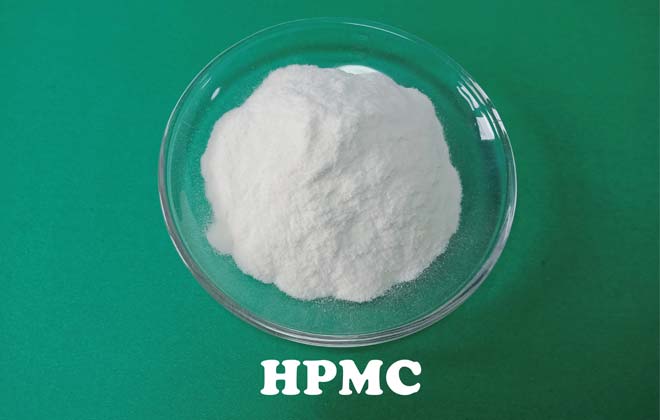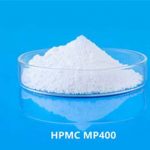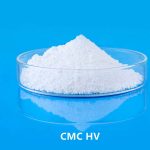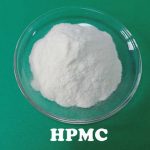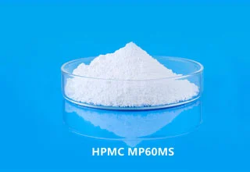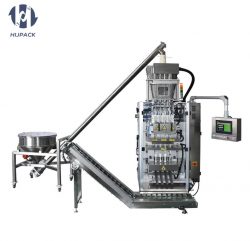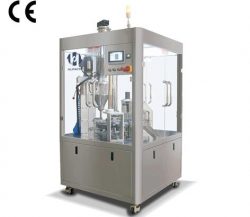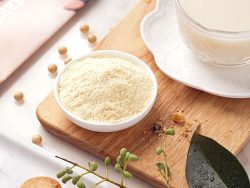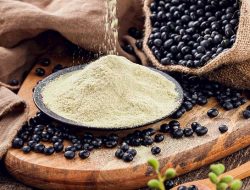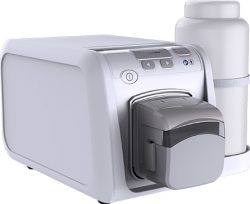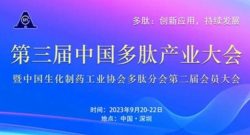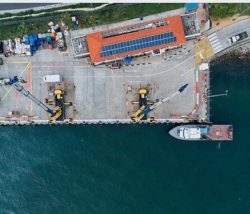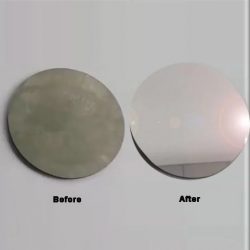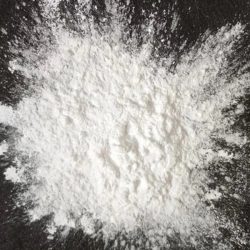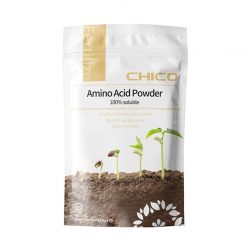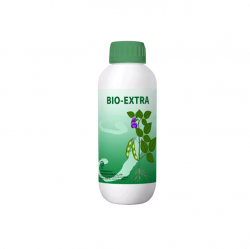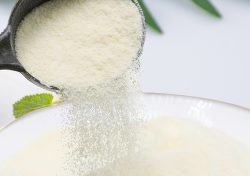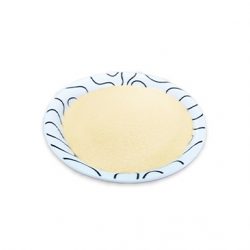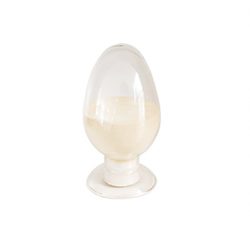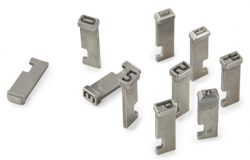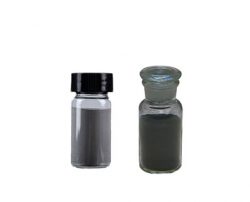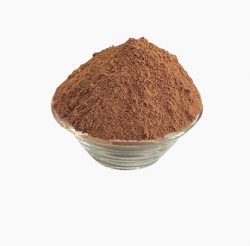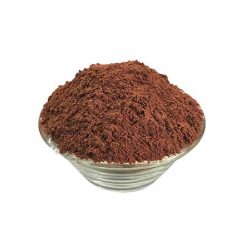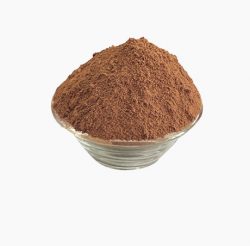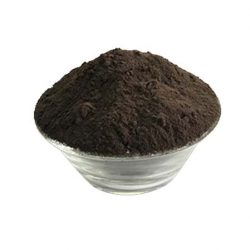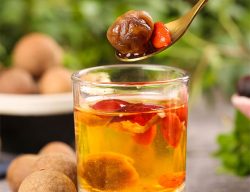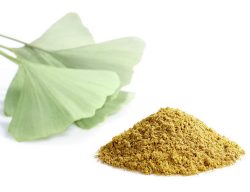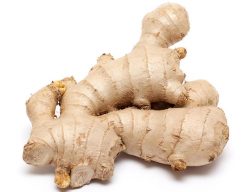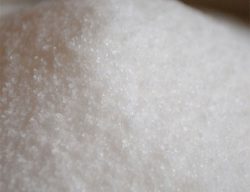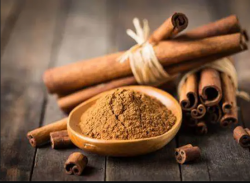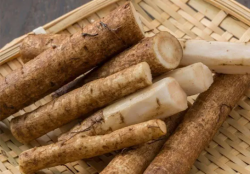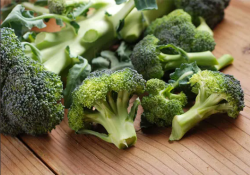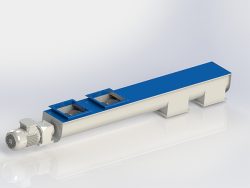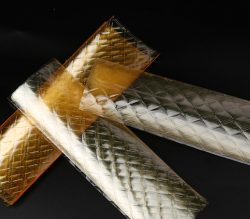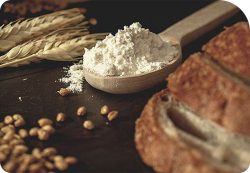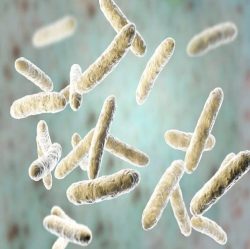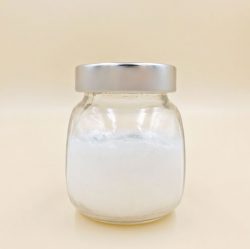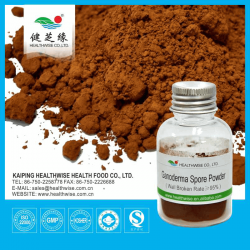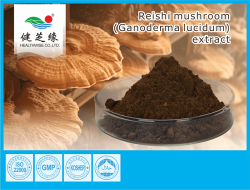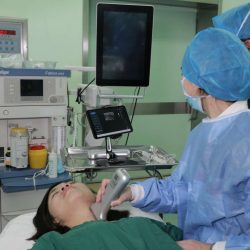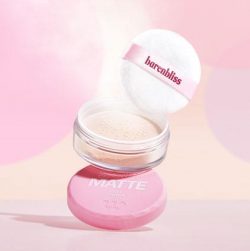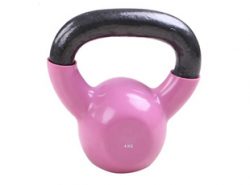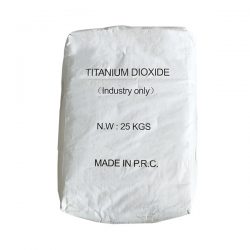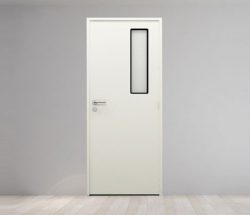Cellulose Ethers
Kima is a leading manufacturer of cellulose ether from China, and has been serving global cellulose ether market over ten years with our brand KimaCell®.
Kima offers a comprehensive range of cellulose ether products for sale to meet the requirement of global customers. KimaCell® is the unique trademark of our cellulose ether products, including 20000 tons of Hydroxypropyl Methyl Cellulose (HPMC), Hydroxyethyl Methylcellulose (HEMC).
Hydroxyethyl Cellulose (HEC), Methyl Hydroxyethyl Cellulose (MHEC), Sodium Carboxymethyl Cellulose (CMC), Redispersible Polymer Powder(RDP), Methyl Cellulose (MC), Ethyl Cellulose (EC), Hydroxypropyl Cellulose (HPC), Hydroxypropyl Starch Ether (HPS), Microcrystalline Cellulose (MCC).
Nowadays Kima’s different grade of cellulose ether have been sold to more than 20 countries around the world, successfully used in building & construction, pharmaceutical, food, detergent, paints & coatings, ceramics, PVC, home care, personal care, oil drilling, cosmetics etc. Quality is well accepted among customers. KimaCell® become the reliable brand in cellulose ether market.
Buy KimaCell® cellulose ether to make product in bulk, and get the competitive wholesale price. For more information like cellulose ether viscosity, grade and formula, price per kg, please feel free to contact us.
Cellulose Ether Products List
Hydroxypropyl Methylcellulose (HPMC)
Hydroxypropyl Methylcellulose (HPMC), also known as hypromellose and methyl cellulose ether derivatives, is made of highly pure cotton cellulose as raw material, which is specially etherified under alkaline conditions. KimaCell® HPMC is a non-ionic cellulose ether, white powder, odorless and tasteless, soluble in water and most polar organic solvents and swell into a transparent solution in both hot and cold water. The aqueous solution has surface activity, high transparency and stable performance. CAS 9004-65-3
Hydroxyethyl Cellulose (HEC)
Hydroxyethyl Cellulose (HEC) is a non-ionic water soluble cellulose ether, which is a white or off-white, odorless, non-toxic fibrous or powdery solid polymer produced by etherification reaction of alkaline cellulose and ethylene oxide. KimaCell® HEC has good properties of thickening, suspending, dispersing, emulsifying, bonding, film-forming, water retention and protective colloid, HEC has been widely used in paints & coatings, construction, oil drilling, pharmaceutical, food, textile, paper and polymer polymerization and other fields. CAS 9004-62-0
Hydroxyethyl Methyl Cellulose (HEMC)
Hydroxyethyl Methyl Cellulose(HEMC) is methyl cellulose ether derivatives. HEMC is prepared by adding ethylene oxide substituents (MS 0.3~0.4) to methyl cellulose (MC). Its salt resistance is better than that of unmodified polymers. KimaCell® HEMC plays an important role in drymix mortar industry which can increase good workability and good water retention, excellent open time, slip resistance, impact resistance, adhesion and shear strength. HEMC is widely used in various dry-mixed mortars such as tile adhesives, protective mortars, waterproof mortars, grouting materials, detergent etc. CAS 9032-42-2
Methyl Hydroxyethyl Cellulose (MHEC)
Methyl Hydroxyethyl Cellulose (MHEC) is a non-ionic cellulose ether that is easily soluble in both hot and cold water. Compared with other cellulose ethers, methyl cellulose derivatives have slight Newtonian flow characteristics and can provide relatively high shear viscosity. Methyl Hydroxyethyl cellulose (MHEC) has the characteristics of thickening, suspending, dispersing, bonding, emulsifying, film-forming, and water retention. The water retention, viscosity stability and mildew resistance, dispersibility of MHEC is stronger than hydroxypropyl methyl cellulose (HPMC). KimaCell® MHEC has Good anti-sagging effect, long open time, high early strength, high temperature adaptability, easy to stir, easy to operate when adding to drymix mortars. CAS 9032-42-2
Methyl Cellulose (MC)
Methyl Cellulose (MC) is a cellulose methyl ether which is White or light yellow or light gray small particles, filaments or powder. It is odorless and tasteless, and about 27%~32% of the hydroxyl groups exist in the form of methoxy groups. KimaCell® Methyl Cellulose MC can be used as synthetic resin dispersant, coating film-forming agent, thickener, adhesive for building materials, sizing agent for textile printing and dyeing, film-forming agent for pharmaceutical and food industries, etc. CAS 9004-67-5
Ethyl Cellulose (EC)
Ethyl Cellulose (EC), also named as cellulose ethyl ether, is a cellulose derivative in which ethoxy groups replace the hydroxyl groups, with different molecular weights and viscosity. KimaCell® Ethyl Cellulose is white granules or powder, odorless and tasteless; easily soluble in toluene or ether, soluble in dichloromethane, slightly soluble in ethyl acetate and methanol, insoluble in water, glycerol and propylene glycol; Ethyl Cellulose is stable, resistant to alkali and salt, and is more sensitive to acid than cellulose ester. CAS 9004-57-3.
Carboxymethyl Cellulose (CMC)
Carboxymethyl cellulose (CMC), known as cellulose gum, is a high polymer cellulose ether obtained by chemically modifying natural cellulose. Sodium CMC is white or milky white fibrous powder or granules, with a density of 0.5-0.7 g/cm3, almost odorless, tasteless, and hygroscopic. CMC is easily dispersed in water to form a transparent colloidal solution, CMC can be widely used in paints & coatings, food ingredients, paper-making additives, toothpaste, oil drilling, mud conditioners, ceramics, detergent etc. CAS 9004-32-4.
Redispersible Polymer Powder (RDP)
Redispersible Polymer Powder (RDP) are water-soluble redispersible latex powders, which are divided into ethylene/vinyl acetate copolymers, vinyl acetate/ethylene tertiary carbonate copolymers, acrylic acid copolymers, etc., and the powders made after spray drying are bonded agent, with polyvinyl alcohol as a protective colloid. KimaCell® RDP powder can quickly redisperse into emulsion after contacting with water. Due to the high bonding ability and unique properties of redispersible latex powder, such as: water resistance, construction and heat insulation, etc., RDP is widely used in tile adhesives, skimcoat, drymix mortar. CAS 24937-78-8
Hydroxypropyl Cellulose (HPC)
Hydroxypropyl Cellulose (HPC) is a non-ionic water-soluble cellulose ether obtained by the reaction of cellulose and propylene oxide. HPC is odorless, tasteless, usually white to pale yellow powder. Its unique physical properties and its solubility in water and various organic solvents make it widely used in tablet bonding, release regulation, film coating and rheology regulation. HPC has been used in the pharmaceutical industry for many years, and the county has very good safety. KimaCell®HPC products comply with the US Pharmacopoeia, European Pharmacopoeia, and Japanese Pharmacopoeia. CAS 9004-64-2.
Hydroxypropyl Starch Ether (HPS)
Hydroxypropyl starch ether (HPS) is a white colorless powder with good fluidity and good water solubility. Its aqueous solution is transparent and colorless with good stability. It is stable to acid and alkali, the gelatinization temperature is lower than that of native starch, and the change of cold and hot viscosity is more stable than that of native starch. Mixing with salt, sucrose, etc. has no effect on viscosity. After etherification, the ice-thaw stability and transparency are improved. CAS 9049-76-7
Hydroxypropyl Methyl Cellulose Phthalate (HPMC-P)
Hydroxypropyl Methyl Cellulose Phthalate (HPMC-P) was originally developed as an enteric coating agent, but due to its excellent characteristics, it has expanded its use in other fields, including sustained release agents, formulations, adhesives and microcapsule components. In application, HPMCP is usually used alone or mixed with other polymers as a buffering agent. CAS 9050-31-1
Low Substituted Hydroxypropyl Cellulose (L-HPC)
Low-substituted Hydroxypropyl Cellulose (L-HPC) is a multi-purpose non-ionic cellulose derivative, which is mainly used as a solid preparation disintegration and binder. Because its powder has a large surface area and porosity, it can quickly It absorbs water and swells. When it is used in tablets, it makes the tablets disintegrate quickly. At the same time, its rough structure has a large inlay between the drug and the particles, which can significantly increase the hardness of the tablet without affecting the disintegration, thereby accelerating the drug. Dissolution, improve bioavailability. CAS 9004-64-2
Polyanionic Cellulose (PAC)
Polyanionic cellulose (PAC) is a nonionic water-soluble cellulose ether derivative obtained by chemically modifying natural cellulose. Its sodium salt is usually used. Polyanionic cellulose has a good Excellent heat stability and salt resistance, strong antibacterial properties. The mud fluid prepared by this product has good water loss reduction, inhibition and high temperature resistance. PAC is widely used in oil well drilling fluid as a mud stabilizer and fluid loss controller, it is particularly effective in saltwater brines. PAC-HV can be used in a smaller amount to increase viscosity and reduce fluid loss. PAC-LV can be used in higher amounts to reduce fluid loss with little effect on viscosity. CAS 9004-32-4
Microcrystalline Cellulose (MCC)
Microcrystalline Cellulose (MCC) is a cellulose derivatives from refined cotton or wood pulp. The particle size is generally 20-80 μm, and the limiting degree of polymerization (LODP) is 15-375. It is not fibrous and has strong fluidity. Due to its special properties such as low degree of polymerization and large specific surface area, KimaCell® Microcrystalline Cellulose MCC is widely used in medicine, food, cosmetics and other industries. Used as thickener, anti-caking agent, fat substitute, emulsifier, extender and filler in food production. The most common form is used in vitamin supplements or tablets. CAS 9004-34-6
Why Choose Kima Chemical For Cellulose Ether?
1. Quality Assurance
KIMA has been committed to the scientific research and development of cellulose ether and related products, and has overcome the key technical problems that restrict production.
2. Research & Development
In the process of cellulose ether research and development, KIMA company established a special technical research team to solve many industry problems from the perspectives of equipment.
3. Talent Team
Talent is the biggest core competitiveness of an enterprise. Relying on the people-oriented corporate culture and the platform advantages of listed companies.
4. Customized Products For Customer Needs
KIMA can provide customized products and services for different customer needs, which are difficult for competitors to compete.
5. Sustainable Development
To continuously contribute value to the society, our corporate culture concept is Dedicated to making human beings healthier and the environment more friendly.
